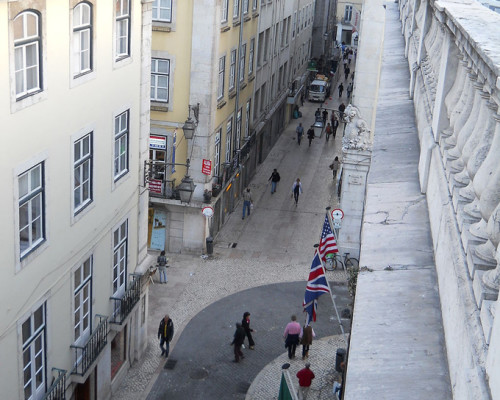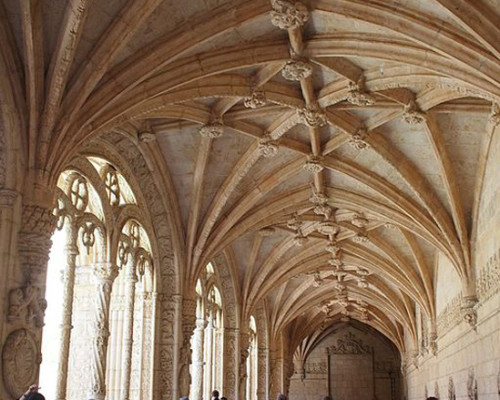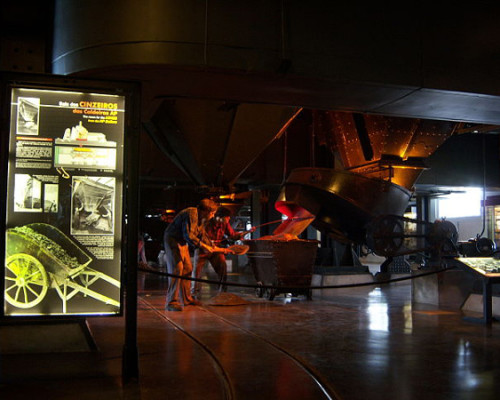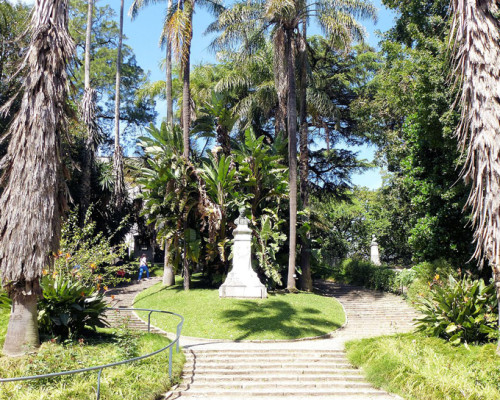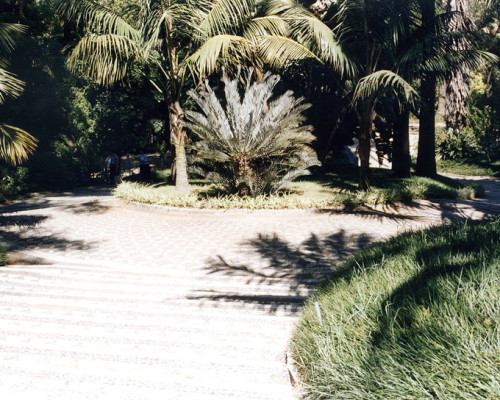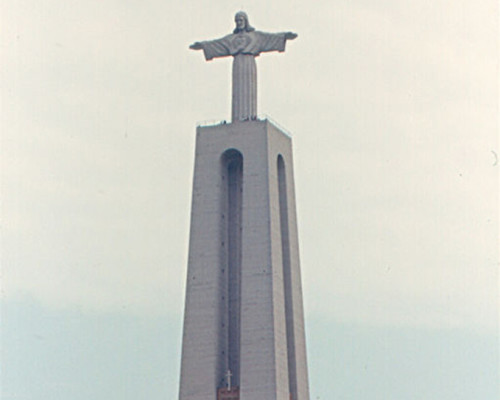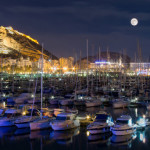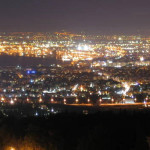
21 Dec Lisbon
Insanily beautiful capital of Portugal, Lisbon, is the maritime center at the mouth of the Tagus river, and it is the westernmost capital of a mainland European country. It has appr. 540,000 residents, the whole metropolitan area having population around 2,8 million.
City’s history began being settled by the pre-Celts. Settlement became a trading post of Greeks and Phoenicians c. 800-600 BC. Romans conquered the city, known then as ”Olisipo” in 205 BC, and it became part of the Lusitania province. Between 31 BC and 27 BC the city became a Municipium, and local authorities were granted self-rule over a territory that extended 50 kilometres. After the collapse of the Rome, Visigoth controlled the area by the 4th century. Islamic Moors conquered the city in 714, and it flourished as part of the part of the Emirate of Córdoba and then of its successor state, the Caliphate of Córdoba. City got renovated, and it still has beautiful remains of the Moorish architecture. Christian crusaders, under the command of Portuguese King Afonso I, conquered the city 1147 and it became part of the Christian Portugal. King Afonso III moved the capital from Coimbra to Lisbon in 1256.
What to do and see in Lisbon
Baixa
This district consists a lot of central Lisbon and it is the most elegant part of a city. It is very easy sight for a calm walker. Notable attractions are the Avenida da Liberdade, 110 meter long promenade with tailoring shops and cafés, and the Casa do Alentejo with its Moorish-style courtyard.
Jeronimo’s monastery
This monastery was built between 1495 and 1601 and is a gorgeous example of Manueline Gothic architecture. It has been an UNESCO World Heritage Site since 1983. Notable sights are the Church of Santa Maria, with Renaissance-like axial portal and Neomanueline tomb of famous Portuguese navigator Vasco da Gama, Plateresco-style decorations of inner courtyard of the monastery and Azulejo ceramic tiles in the refectory. Opening hours
Museu da Electricidade (Electricity Museum)
Located in a former power station at the Belém district, this extraordinary museum and culture centre depicts the evolution of energy. Here visitors can enjoy several events; from the Museum’s permanent exhibit, where the operation and work environment of the old Tejo Power Station is demonstrated using the original machinery, to diverse temporary exhibits depicting paintings, photography and modern sculpting. The Electricity Museum also has an education service that organises guided tours and experimental sessions for basic and secondary schools to fit in with their syllabuses. A decent all-family site. Opening hours
Botanical Gardens (Jardim Botânico)
Botanical Garden, nearby the the Avenida da Liberdade and Bairro Alto, is a 10 acres wide green gem in the middle of urban traffic. Constructed between 1858 and 1873, the park has one of the largest collections of subtropical vegetation in Europe and over 18,000 species from all over the world
Cristo rey
This 79 meters tall statue of Christ stands on the opposite bank of the Tejo river from downtown Lisbon. It was inaugurated in 1959, to express gratitude because the Portuguese were spared the effects of the World War II. It was inspired by the Christ the Redeemer statue in Rio de Janeiro, and has the elevator. The statue is a remarkable viewpoint offering a breath-taking panorama over the city.
Shopping
- Chiado district has many shops selling e.g. Hugo Boss, Tony & Guy, Benetton, and Levi’s. Armazéns do Chiado shopping mall here is also a decent viewpoint.
- Avenida da Liberdade is lining up with fancy restaurants and hotels, but has also top ten-fashion, such as Calvin Klein, Burberry, and Armani.
- Pro tip: The Lisbon Shopping Card gives 5% to 20% discounts at about 200 major stores in Baixa, Chiado and Av. Liberdade.
Recreation
- Bairro Alto district is a must-go for bar-hopping with several neat pubs and bistros.
- The top dance spots are concentrated near the river on Avenida 24 de Julho. Clubs Ministerium Club and Lust at Comercio Square are exclusive clubs with top DJ’s and live venues.
| Lisboa, Portugal | 17°C few clouds | |
Wind
7 m/s, N
Humidity
65%
Pressure
762.82 mmHg | ||
Top 5 in Lisbon
- Shopping at Avenida da Liberdade
- Having a good time in Bairro Alto
- Jardim Botânico
- Strolling in Baixa
- Jeronimos Monastery
How to get in Lisbon
- International Aeroporto da Portela serves the region and is Portugal’s most busy airport, located between Lisbon and Loures Municipality north from the city. Its destinations and airlines are here.
- There are two main stations, Santa Apolónia in the city centre and the Gare do Oriente, a bit further out and used by the high-speed trains. Lisbon is linked to other Portuguese cities with the efficient train network. National railway company CP operates the traffic, it’s journey planner and ticket prices are here.
- The main bus terminal is at Sete Rios (metro: Jardim Zoológico). Rede Expressos is the main operator, and its timetables and ticket prices can be found here.
- Highway A6 leads to Lisbon from Madrid (Spain).
How to get around in Lisbon
- Lisbon has an efficient public transport system operating by metro, trams and buses. Metro system’s journey planner and ticket prices are visible here. Bus and tram networks are operated by Carris, its journey planner and lines are here.
- Metro, buses, and trams are free with the Lisboa Card.
- Bike Iberia rents bicycles and offers guided bicycle tours in the city.

